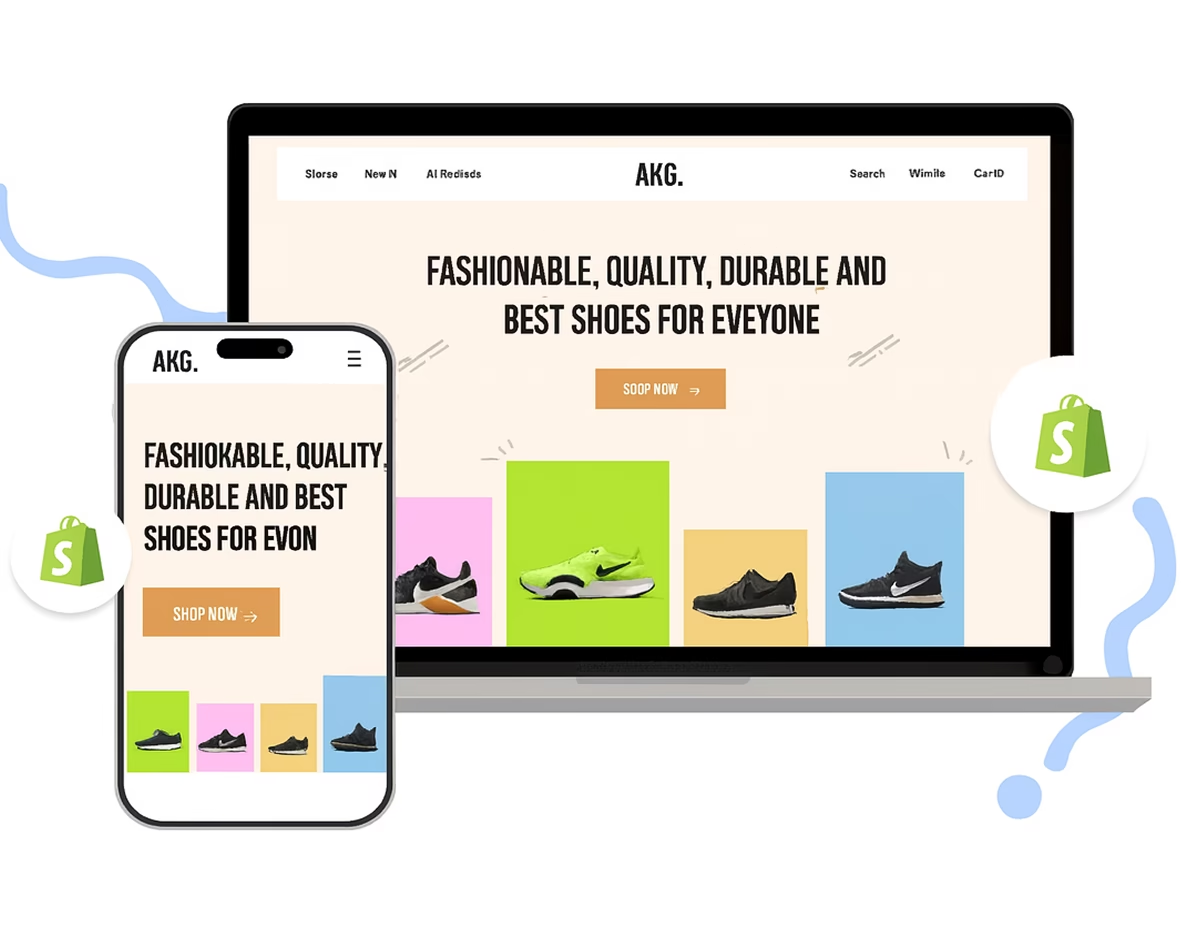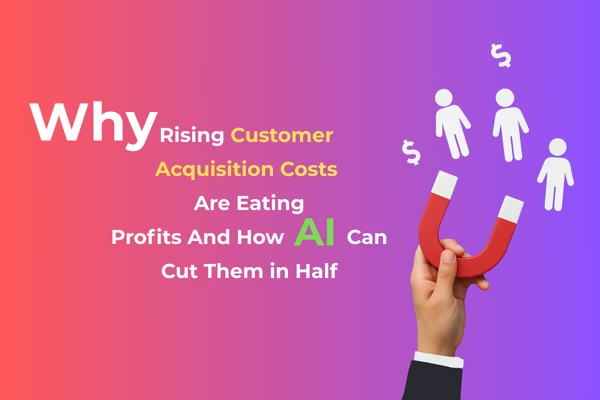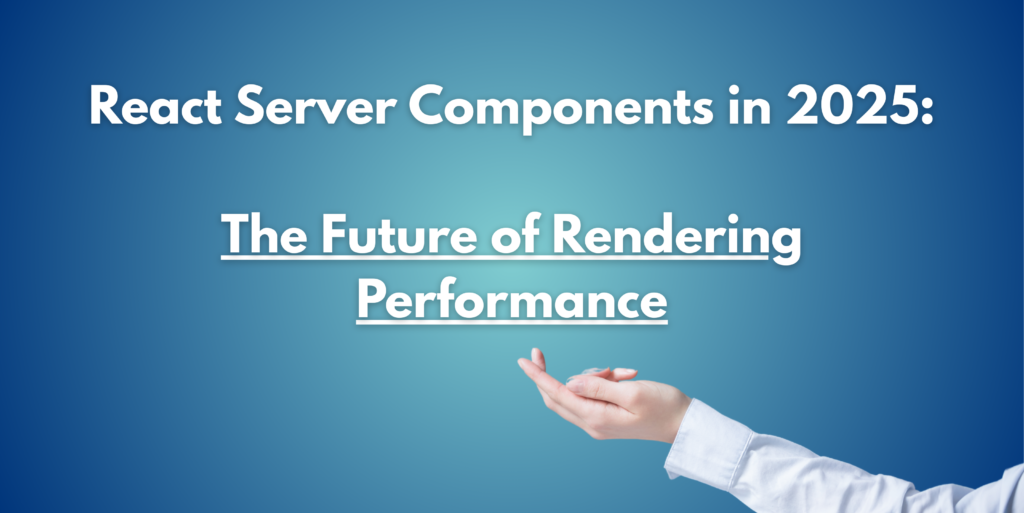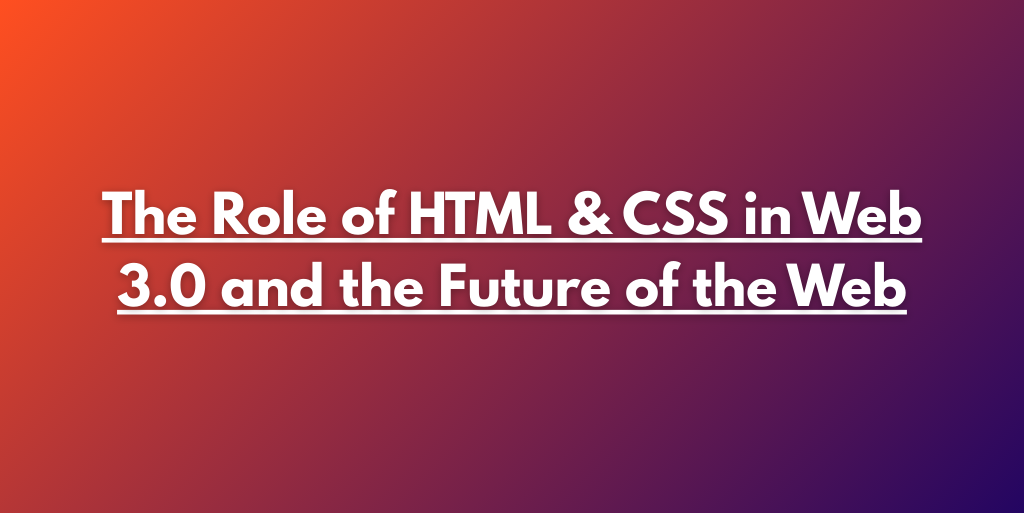Many enterprise leaders are eager to tap into the power of AI—but they’re equally wary of costly mistakes and failed projects. If you’ve felt that same hesitation, you’re definitely not alone.
The truth is, AI can transform your enterprise successfully without draining your budget or resources. With the right approach, you can drive real business impact and stay ahead of the competition.
In this article, we’ll show you why enterprise AI projects often go wrong, how to avoid common pitfalls, and the exact steps for a smooth, successful AI implementation. Plus, you’ll discover real-world examples of businesses achieving impressive results with AI done right.
Let’s dive in and help you implement AI in your enterprise—without the costly mistakes.
Why AI Implementation Often Fails in Enterprises
While AI offers transformative potential, enterprise adoption can be fraught with challenges. Understanding why AI implementations fail is crucial for any organization planning to integrate AI solutions.
The Common Pitfalls in Enterprise AI Projects
Lack of Clear Business Objectives
One of the top reasons AI projects fail is the absence of well-defined business goals. Enterprises often pursue AI initiatives because competitors are doing it or due to pressure from the C-suite. However, without clear objectives tied to measurable outcomes, AI projects risk becoming expensive experiments with minimal ROI.
Data Quality and Availability Issues
AI systems thrive on clean, high-quality data. Enterprises frequently underestimate the effort required to consolidate, cleanse, and maintain data from disparate sources. Poor data quality can derail AI models, leading to inaccurate predictions and flawed business decisions.
Underestimating Change Management
AI isn’t just a technology shift—it’s a cultural and operational transformation. Many enterprises neglect the importance of change management, resulting in resistance from employees who fear automation or job displacement. Successful AI adoption requires proactive communication and training to secure workforce buy-in.
Steps to Successfully Implement AI in Your Enterprise
Implementing AI in enterprises doesn’t have to be a gamble. By following structured, strategic steps, organizations can deploy AI solutions that deliver tangible business value and avoid costly setbacks.
Define Clear Business Goals for AI Initiatives
Start with the question: “What business problems are we solving?” Align AI projects with specific objectives such as increasing revenue, improving customer satisfaction, or reducing operational costs. Establish key performance indicators (KPIs) to measure success and justify your investment.
Assess AI Readiness and Infrastructure
Evaluate your enterprise’s current data infrastructure, computing capabilities, and technical skills. Conduct an AI readiness assessment to identify gaps in technology, talent, and data governance. Investing in the right tools and platforms can significantly accelerate AI implementation.
Start with Small, High-Impact Projects
Instead of launching massive AI programs, begin with small, focused pilots that can deliver quick wins. For example, using machine learning for demand forecasting or predictive maintenance offers measurable ROI without overwhelming your organization.
Ensure Cross-Functional Collaboration
Successful AI implementation requires collaboration between data scientists, IT teams, business stakeholders, and domain experts. Encourage cross-functional communication to ensure AI models are practical, relevant, and aligned with business needs.
Prioritize Data Governance and Security
With data privacy regulations tightening worldwide, enterprises must integrate robust data governance and security protocols into their AI strategy. Ensure compliance with laws such as GDPR, CCPA, and emerging AI-specific legislation to mitigate legal and reputational risks.
Invest in Upskilling and Change Management
Equip your workforce with AI literacy and data-driven decision-making skills. Proactively manage change by communicating how AI will enhance—not replace—employees’ roles. Training and reskilling programs foster trust and smooth adoption.
Avoiding Costly Mistakes in Enterprise AI Adoption
Despite best intentions, enterprises often fall into costly traps during AI adoption. Here’s how to steer clear of common pitfalls:
Don’t Treat AI as Purely a Tech Project
AI is not just a technical implementation—it’s a strategic business initiative. Business leaders must be involved from the outset to ensure alignment with broader objectives and long-term growth.
Avoid Overhyped Solutions Without Proven ROI
Beware of AI vendors promising silver-bullet solutions. Evaluate technologies critically, insisting on pilot results, customer references, and measurable ROI before committing significant resources.
Manage Stakeholder Expectations
AI projects can be complex and time-consuming. Avoid hype by setting realistic expectations with stakeholders about timelines, potential challenges, and incremental progress.
Keep Ethical and Compliance Considerations in Mind
As AI adoption grows, so does scrutiny over ethical AI, bias mitigation, and regulatory compliance. Ensure your AI solutions are transparent, explainable, and aligned with ethical standards to build trust and avoid legal consequences.
Case Studies: Successful Enterprise AI Implementations
Enterprises worldwide are leveraging AI to achieve significant business improvements. Let’s explore some real-world examples that highlight successful AI adoption strategies.
Example 1: AI in Supply Chain Optimization
A global manufacturer implemented AI-powered predictive analytics to forecast demand and optimize inventory levels. This initiative reduced stockouts by 30% and cut excess inventory costs, leading to millions in annual savings.
Example 2: AI-Powered Customer Service Improvements
A large telecommunications company deployed AI-driven virtual assistants to handle customer inquiries. This reduced average response time by 40%, improved customer satisfaction scores, and freed up human agents for complex issues.
Example 3: Predictive Analytics for Enterprise Decision-Making
A financial services firm integrated predictive analytics into its risk assessment processes. AI models identified potential fraud patterns early, reducing losses by 25% and strengthening regulatory compliance.
Future Trends in Enterprise AI Implementation
AI is evolving rapidly, and enterprises must stay ahead of emerging trends to maintain their competitive edge.
AI and Generative AI Applications in Enterprises
Generative AI, including tools like ChatGPT and other large language models, is transforming content creation, code generation, and business automation. Enterprises are exploring innovative applications in marketing, customer service, and software development to boost productivity.
Evolving AI Regulations and Ethical Standards
Governments worldwide are introducing new AI regulatory frameworks focusing on transparency, fairness, and accountability. Enterprises must proactively track regulatory changes to ensure compliance and ethical AI practices.
Leveraging AI for Competitive Advantage
AI will increasingly become a core driver of competitive differentiation. Enterprises that embed AI into products, services, and business models will be better positioned to capitalize on market opportunities and customer expectations.
Conclusion: Set Up Your Enterprise for AI Success
Implementing AI in enterprises is no longer optional—it’s essential for sustainable growth and innovation. However, the path to successful AI adoption demands clear strategy, robust data practices, and a focus on people as much as technology. By learning from past failures, following proven steps, and staying ahead of emerging trends, your organization can harness AI to drive transformative business results while avoiding costly mistakes.
Ready to future-proof your enterprise with AI? Start small, stay focused, and always keep your business goals at the center of your AI strategy.























